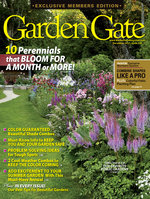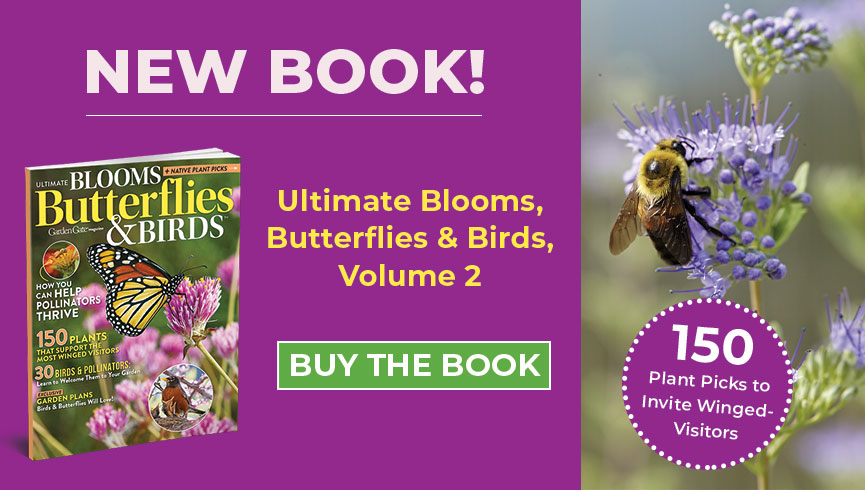Whether you’re a plant parent of one or many, there’s no denying that houseplants are having a moment. If you’re new to plant parenthood, you might be wondering how to get started. Can anyone grow plants indoors? With a little help, the answer is yes.
If you’re looking for a fun and rewarding hobby, indoor gardening may just be for you. Not only is it enjoyable, but growing plants indoors can also improve your indoor environment. Plants help purify the air by absorbing carbon dioxide and releasing oxygen, and they can also help reduce noise levels and create a more peaceful atmosphere.
THE BENEFITS OF GROWING PLANTS INDOORS
There are many benefits to growing plants indoors, including improving the air quality in your home and providing you with fresh, homegrown produce. Growing plants indoors also gives you greater control over the growing environment, so you can more easily achieve optimal growing conditions. Indoor gardening is also a great way to add some life and color to your home décor.
THE BASICS OF INDOOR GARDENING
To get started growing plants indoors, you’ll need some basic supplies, including pots or containers, potting soil, fertilizer, water, and grow light bulbs. You’ll also need to choose the right plants for your indoor garden. Some good choices for beginners include herbs like basil and mint, leafy greens like spinach and kale, and flowering plants like African violets and impatiens.
Once you have your supplies and plants, it’s time to get started. Begin by filling your pots or containers with potting soil and adding some fertilizer. Make sure to water your plants regularly as well. Place your grow lights near your plants so they can get the light they need to grow strong and healthy.
TIPS FOR GROWING STRONG PLANTS
- Give your plants plenty of light. Place grow light bulbs near your plants so they can get the light they need to grow.
- Water your plants regularly. Water them when the soil begins to dry out, but be sure not to overwater them.
- Feed your plants regularly. Fertilize them every few weeks with a good-quality fertilizer.
- Pruning your plants helps them grow stronger and healthier. Prune off dead or dying leaves and stems as needed.
COMMON HOUSEPLANTS PESTS AND DISEASES
One of the most frustrating things about being a plant parent is dealing with pests and diseases. Below is a list of some common houseplant pests and diseases, along with tips on how to get rid of them.
Aphids
These small pests feast on plant leaves and stems, sucking out the plant’s nutrients in the process. To get rid of aphids, simply spray them off with water or wipe them away with a damp cloth. You can also introduce ladybugs into your home, as they love eating aphids.
Mealybugs
Mealybugs are small white insects that congregate on the stems and leaves of plants, covering them in a sticky substance called honeydew. Mealybugs can be controlled by spraying them with rubbing alcohol or neem oil. You can also wipe them away with cotton swabs dipped in rubbing alcohol.
Powdery mildew
Powdery mildew appears as white patches on plant leaves and is caused by too much moisture or not enough ventilation. To get rid of powdery mildew, remove any affected leaves and increase airflow around your plant by opening windows or using a fan, but be sure not to aim the fan directly at the plant. You can also make a fungicide at home by mixing milk with water, and spraying it onto affected leaves once per week until the problem clears up.
Indoor gardening is a fun and rewarding hobby that comes with many benefits. By following the tips in this blog post, you can grow strong, healthy plants indoors that will purify the air in your home and provide you with fresh, homegrown produce.
















